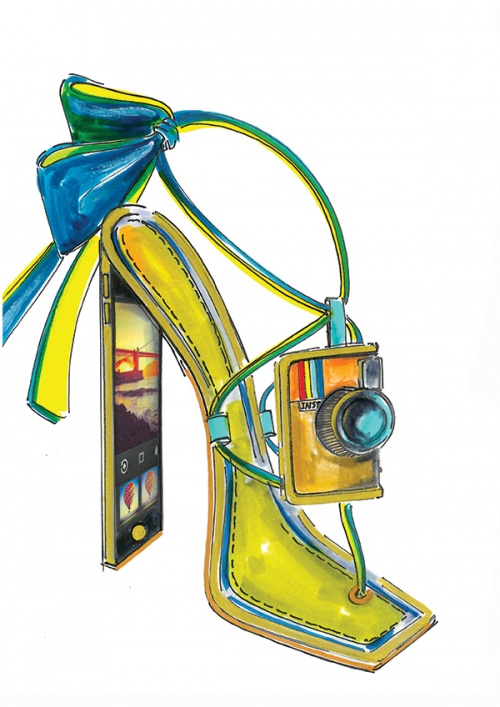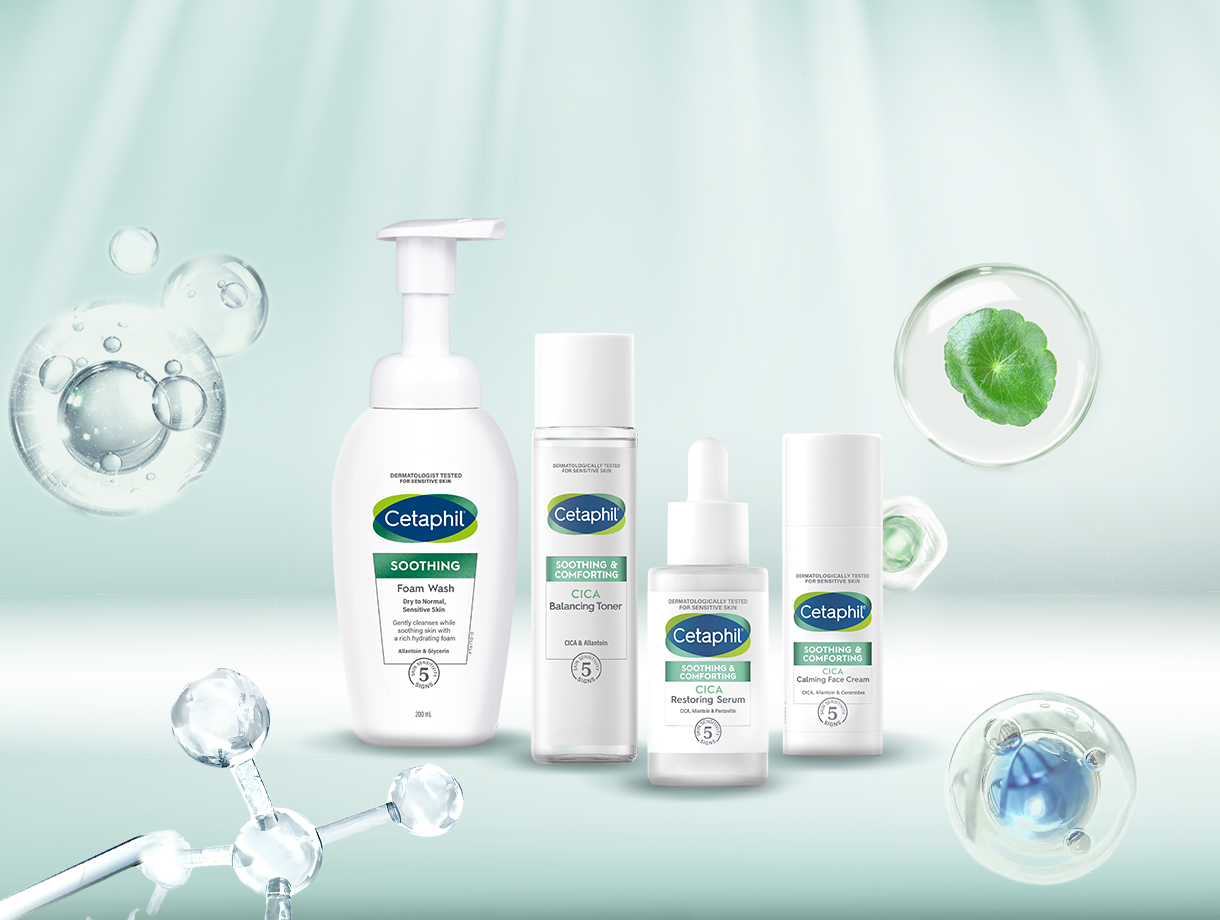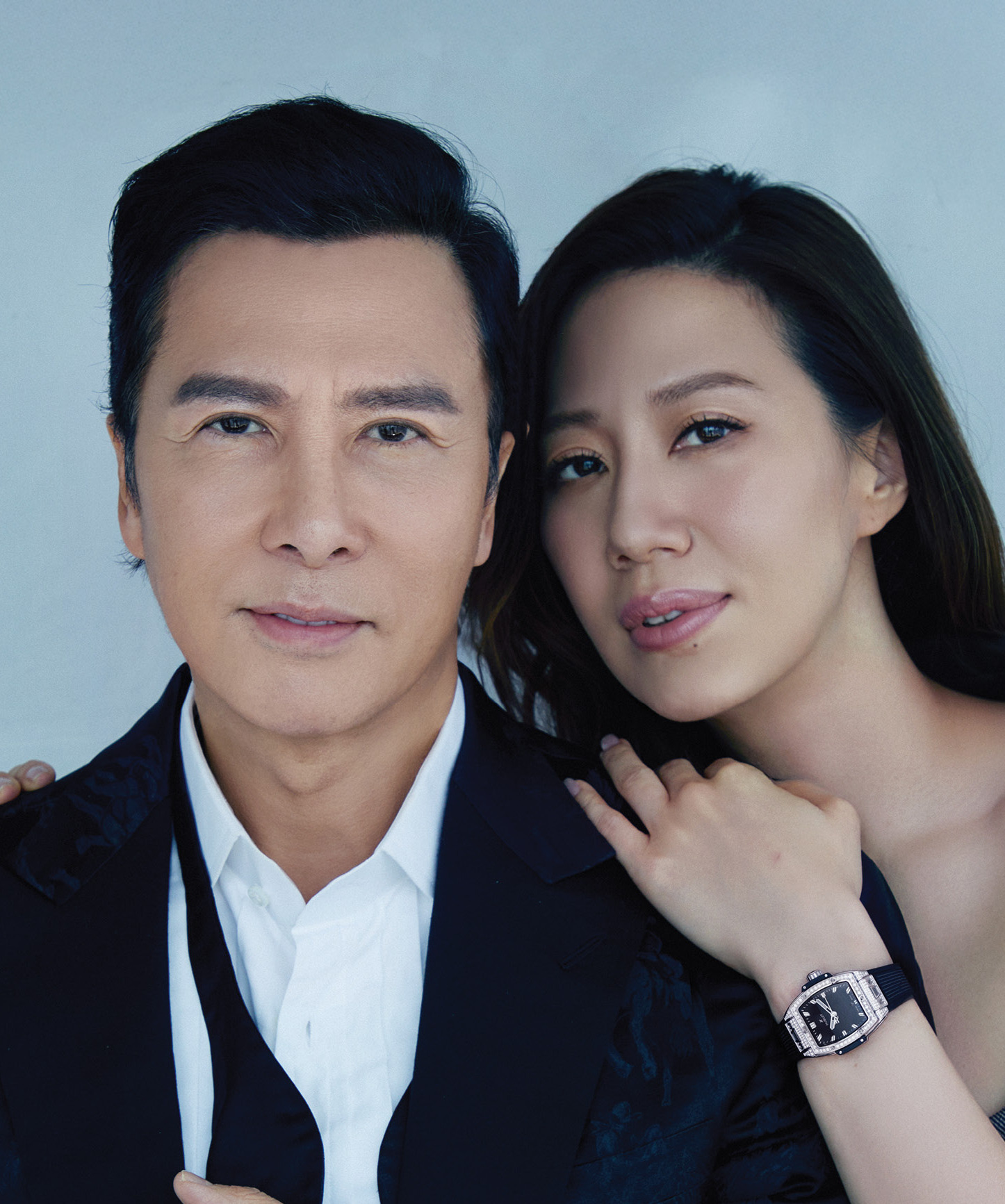
Stuart Weitzman tells me how he purchased the British Guiana 1c magenta stamp through Sotheby’s in New York for US$9.48 million in 2014, making it the world’s most expensive stamp. It was an acquisition that the American designer of shoes had chosen not to discuss with the news media or otherwise expose, lest people feel he was bragging. “But that’s not the favourite one-of-a-kind item in my collection,” he says. “My favourite is the least expensive.”
He then tells me of his love for baseball and how American baseball legend Joe DiMaggio entered the Major Leagues, joining the New York Yankees and becoming the star in his rookie year. “He had the highest hitting percentage of any player on the team, even though he was a 20-year-old rookie – 20 years before he even knew who Marilyn Monroe was.” DiMaggio’s girlfriend demanded a souvenir from the team – traditionally a signed baseball – but she gave him instead her shoes, a pair of white and burgundy spectator pumps, which the whole team and then DiMaggio signed. The woman kept the pumps until she died, when her daughter put them up for auction.
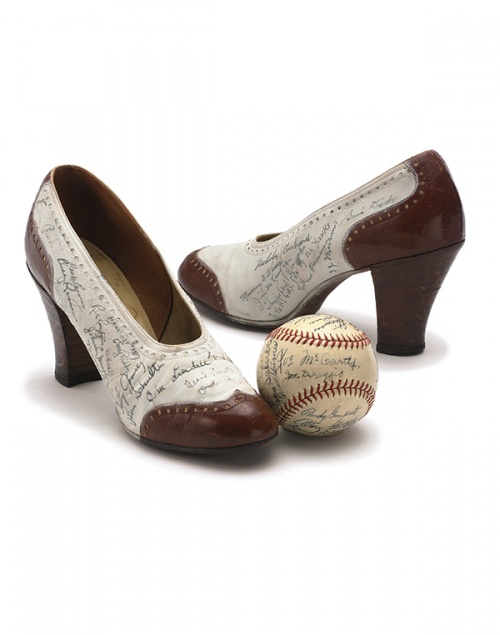 Weitzman is full of surprises. The day before we spoke, Women’s Wear Daily had announced that Weitzman, at the age of 70 something, would step down as creative director of his company in May next year but remain as its chairman. His company was sold to Coach last year for US$574 million. Loewe’s Giovanni Morelli, previously with Prada, Burberry, Marc Jacobs and Chloé, will assume Weitzman’s duties as creative director.
Weitzman is full of surprises. The day before we spoke, Women’s Wear Daily had announced that Weitzman, at the age of 70 something, would step down as creative director of his company in May next year but remain as its chairman. His company was sold to Coach last year for US$574 million. Loewe’s Giovanni Morelli, previously with Prada, Burberry, Marc Jacobs and Chloé, will assume Weitzman’s duties as creative director.
“It was simple and easy. When I hit 70 I thought, I am not going to play poker with God,” Weitzman says. His son and daughter had chosen artistic careers. “Without a family to follow me, I have 3,000 people who live off the Stuart Weitzman brand as employees and suppliers, so I have to do the best I can to build a team that will continue and improve and strengthen the company. And you never know the results until the results are in, but you have to give it the best shot you can.”
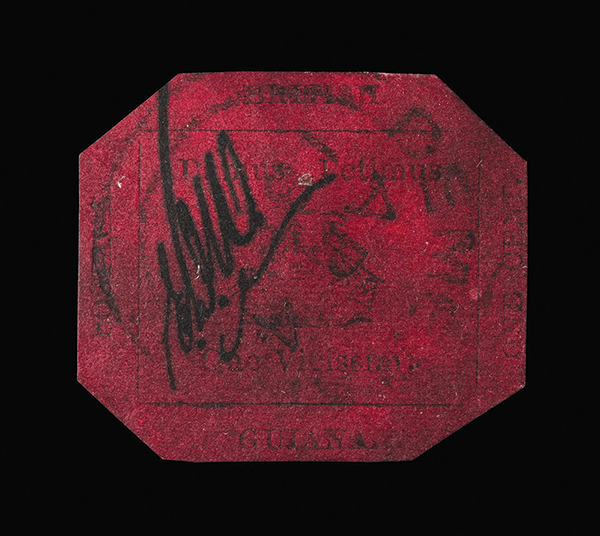
Weitzman is no ivory-towered Manolo Blahnik or vertiginously lofty Christian Louboutin. But the Vanity Fair that is Hollywood and its accompanying aesthetes are unrelenting in their pursuit of Weitzman’s wares. No fewer than 16 actresses wore Stuart Weitzman shoes to the Academy Awards in 2014. A posse of celebrities, including Ciara, wore them to the Council of Fashion Designers of America Fashion Awards in June. The brand’s autumn 2016 campaign starred Gigi Hadid, who had made headlines when she posed nude with Joan Smalls and Lily Aldridge for the spring 2016 roll-out.
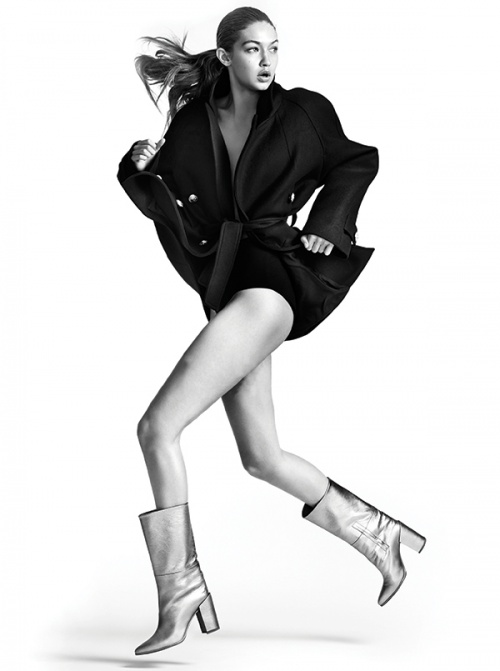
How does a man of Weitzman’s standing react to the Kendalls, Kardashians and Taylors that the 21st century has made celebrities? “Depending on age, they are similar or they are not. The younger, newer starlets we deal with can’t wear the heel high enough. They can’t look sexy enough. Girls like Selena Gomez, ladies like Rihanna, they wear shoes, or, more accurately, they want shoes that enter the room before they do, and when they’ve left the room the shoe is still there.”
What of the more mature market? “Meryl Streep, Glenn Close, Kate Winslet, these ladies are obviously past that stage, but certain things stay with them,” Weitzman says. “One of those three, I won’t tell you which, said to me, ‘Stuart, I’m not going to compete with those bimbos on the red carpet and their five-inch heels’. But, and then the but comes in, they say, ‘I want the same sexy beautiful look on a heel I can walk in. Give it to me in three inches. Give it to me in two-and-a-half.’ ” He has spent most of his life delivering just that to the world’s most recognisable women.
There is a middle ground, Weitzman insists. “You have what I call Audrey Hepburn,” he says, as if invoking a movement or a manner. “Audrey was so classy. She didn’t need to wear a high heel to feel confident. She pioneered the flat, at least in America. She wore them all the time and looked great in them. Jackie Kennedy was another who then pioneered that look.” He chuckles. “But in the same Hollywood, at exactly the same time, you had Marilyn Monroe, who couldn’t get out of bed without a five- inch heel on her feet.”
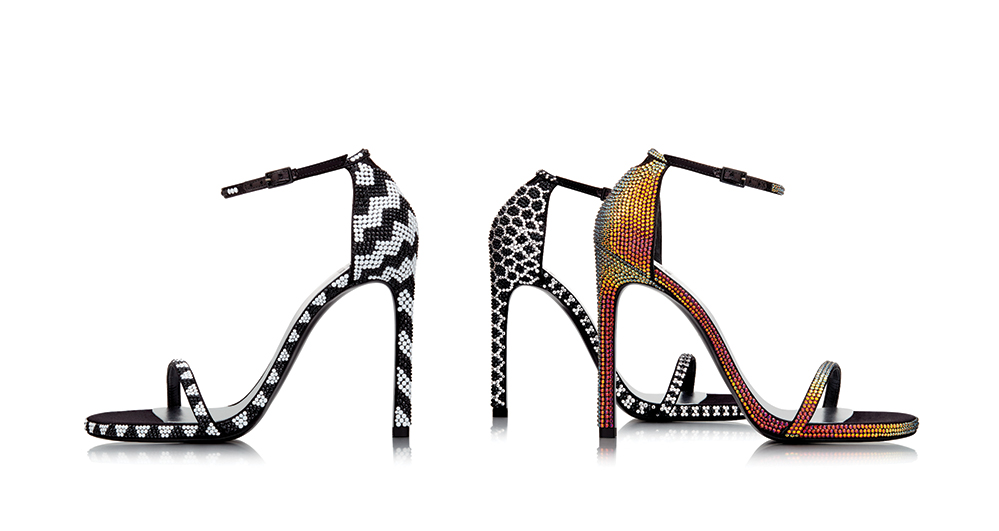
Weitzman laughs deeply at his luck and at his love for the business. “That’s the wonderful thing about making shoes for women. They are so different. It’s quite thrilling to have a clientele that stretches across such a gamut of personality.”
Weitzman says he and his fellow shoe designers all doff their caps to one major influence: Hans Christian Andersen. “We thank the author of Cinderella in the shoe industry because the shoe, or the glass slipper, is the trophy character of the tale. Little girls are brainwashed by the age of five years old about the marvels of ladies footwear,” Weitzman says. There have been aspirational Cinderella moments, too, as when Mulholland Drive actress Laura Harring wore his million-dollar shoes – a pair of platinum sandals encrusted with 464 diamonds and requiring an escort of three bodyguards – to the Oscars in 2002. That spawned a shoe in his shops called The Millionairess. He even made a pair of glass slippers for Cinderella on Broadway last year.
But Weitzman has gone one better than that in the real world. Britain’s Queen Elizabeth is a patron. On the day Weitzman and I spoke, British Prime Minister Theresa May was wearing a pair of Stuart Weitzmans. Michelle Obama has worn Weitzman Nearly Nude sandals.
The Duchess of Cambridge, Kate Middleton, wore a custom-coloured pair of Stuart Weitzman blue suede cork wedges for nine days at the Olympic Games in London in 2012. “I saw her climbing mountains in Australia in those blue suede wedges,” Weitzman says, “and playing on the beach with some children in another high-heel wedge sandal, a braided sandal that we made for her. She has no issue in her ability to wear them and that’s what she likes.” He puts the stress on the word “ever” in declaring: “There is no celebrity, obviously she’s that and a whole lot more, that I have ever, ever made a product for, who can sell it to the public better than Kate Middleton. She is, unknowingly – and certainly not willingly – the number one, two and three.”
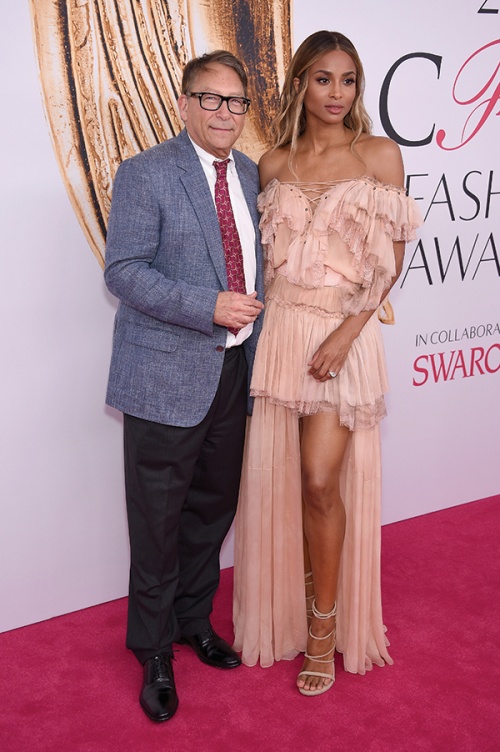
Time spent talking with Weitzman is prime time. He talks the talk and walks the walk, in the style of one that has seen considerable change and been a huge influence on it. “When I first started,” he says, “I recall that we, as designers, told the consumer what she was going to wear in everything. A woman had been trained to follow the lead of designers. She’d hadn’t yet become the liberalised woman she is today. She hadn’t broken through all the glass ceilings she’s broken through, and she hadn’t become as independent as she is today.”
Weitzman says an article he had read that morning disclosed that the University of California Los Angeles was now made up of 52 per cent women and 48 per cent men, having been made up of 75 per cent men and 25 per cent women 30 years ago. “That has affected to a tremendous degree how women look at the product they buy and at fashion trends. Today we design product for lots of different moods and attitudes, and we alter that to women who run their own companies, fight for their own earning power. And they do the same when it comes to fashion.”
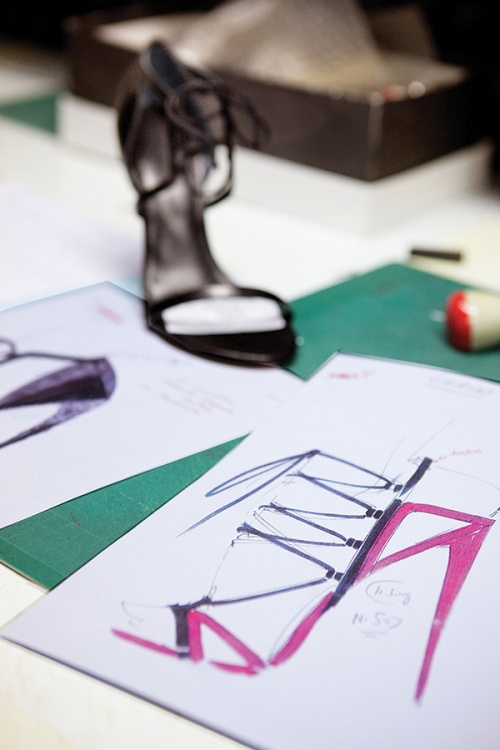
Another change is technological. Half the Stuart Weitzman footwear sold today is bought with an electronic device, not in a shop. “And you know what that does?” Weitzman asks. “That gives us a chance to really have some powerfully important shoes.” The Nudist is a famous example. Diane Kruger wore a pair for a red carpet event. “The next day, there wasn’t a renowned stylist who didn’t call us and know how many colours it was available in for them to dress their stars,” Weitzman says.
Weitzman can put a figure on the effect of selling online. “The Nudist, for example, a store in a city might sell 50 pairs and it’s therefore a good item, but nobody’s doing somersaults because of it. Then you put it on the Web. A celebrity wears it and every girl that can afford US$400 wants a pair. And instead of 50 pairs, it sells 200,000 pairs, and the impact of that is so huge. It’s visible to everyone in the world.”
The amount of noise Weitzman makes as he steals across the shoescape is in inverse proportion to the amount of noise his products make. “So many of our competitors pay more attention to design than to fit and comfort,” he says. “For us, it’s an equal opportunity.” That’s not something a Louboutin would say.
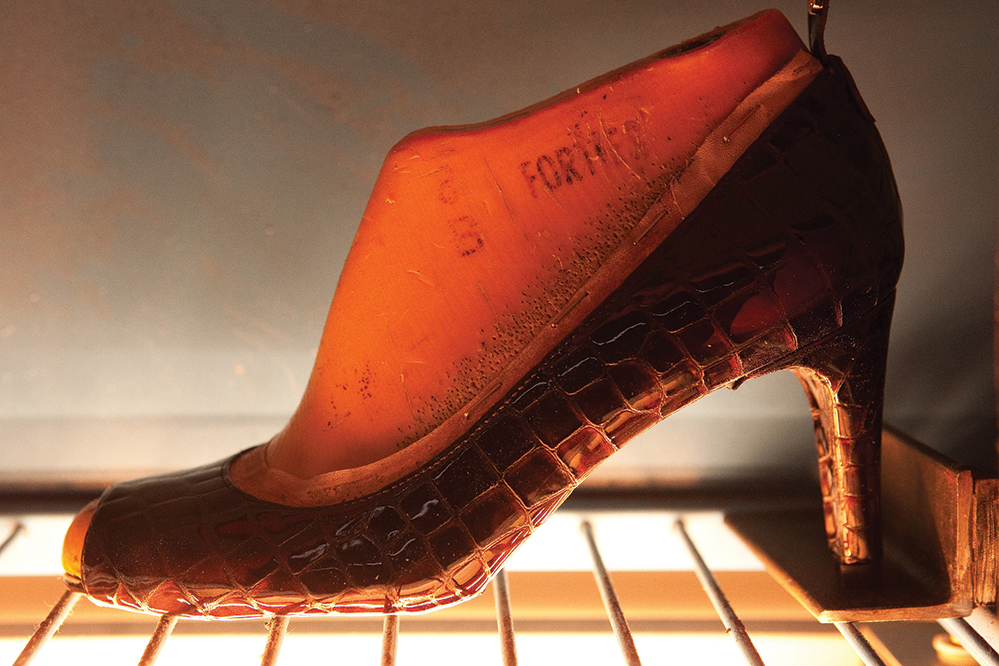
Weitzman’s approach may have its roots in his background. His father, Seymour Weitzman, opened a shoe factory in Massachusetts in the late 1950s. When he was in his late teens, the younger Weitzman worked in his father’s shop, Seymour Shoes. Weitzman junior began designing shoes for his father in the early 1960s, while he was attending the Wharton School of the University of Pennsylvania, where he gained a degree in business studies. He and his brother took over the shoe business when their father died in 1965. They sold the business to a Spanish company but bought it back in 1994. The Spanish connection remains in that all Stuart Weitzmans are made in Spain.
All the while, Weitzman continued to design for the shoe business, building a reputation for making women feel beautiful yet comfortable in his shoes. He experimented with materials, including cork, vinyl, Lucite, wallpaper and 24k gold. The brand has more than 70 shops around the world. Now Coach has bought the business, plans are afoot for expansion.
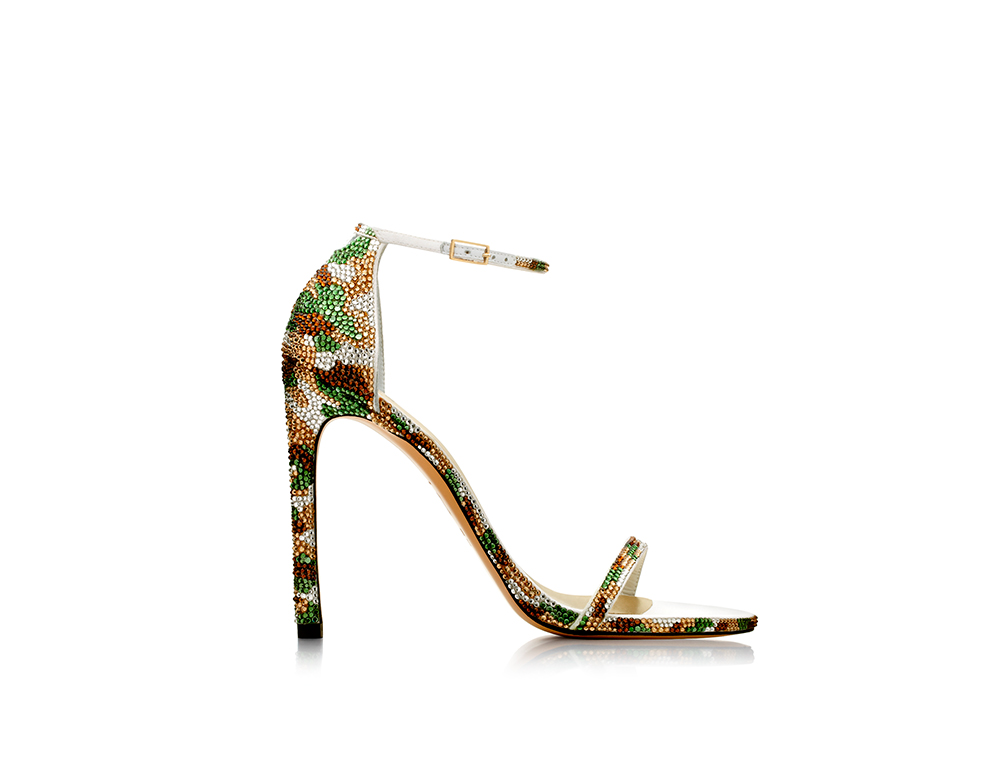
Weitzman says of the handover of the business: “It was quite exciting for me, the day before yesterday, to tell the news to all of our customers and the public and the press, and I really was excited about being able to finally make that statement. I’m also in this industry a long time. I’m a student of history in that regard. I have seen some of the best companies in our industry transfer ownership to other businesses a lot larger and bigger than them, and they didn’t last. It’s clear to me that it’s not easy to pass the mantle in such a technical business. And therefore a lot of care and a lot of selection – and not just one person, but a team – was the best approach. And we expect, and hope, to break the trend of wonderful entrepreneurial businesses that didn’t do well when they transferred ownership. We hope and plan to break that trend.”
Expect Coach to emphasise bags and accessories to complement Stuart Weitzman shoes. Weitzman gives a tantalising hint: “We will probably go into the men’s shoes business shortly.” Stuart Weitzman the brand has made men’s shoes for only one customer: Stuart Weitzman.
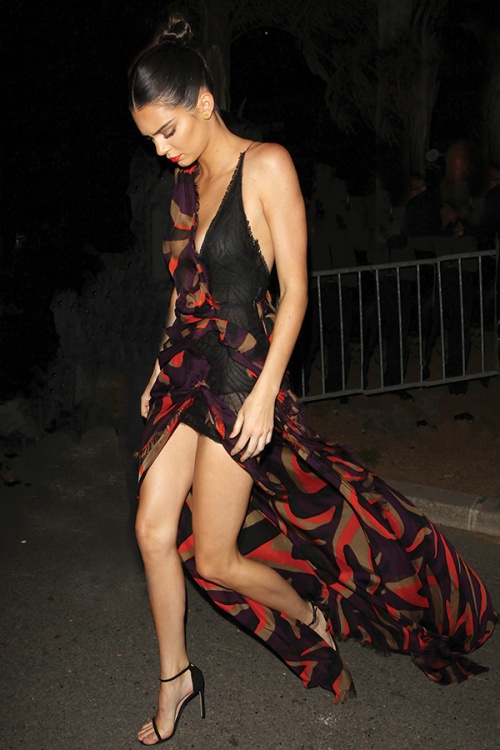
I ask whether the US$9.48-million stamp has influenced any shoe designs since Weitzman acquired it. “That stamp is a beautiful magenta red and, in spite of 170 years of existence, it’s the only one of a kind, and protected,” he says. “So, yes, we had that colour reproduced in suede and it was like our promotional colour for the season, inspired by the red magenta stamp. And nobody picked up on it in the media. It was a really gorgeous colour and people loved it, and we’ll probably sell it again next year. It sold very, very well. It was so gorgeous. We even did it in our Thigh High boots as well.”
Round toe, open toe, pointed toe, square toe, peep-toe, sandals in winter, boots in spring, five inches, three inches, two-and- a-half inches and flats; Weitzman spent most of his life giving women what they wanted until he had the experience of a woman giving him what he wanted. Weitzman wanted the DiMaggio pumps but at the Sotheby’s auction, he faced a rival bidder: his daughter Elizabeth. She bought the shoes as a present for her father.
“That my daughter would do that… was exciting, to say the least,” Weitzman says. “If you do it right as a father, you will have no better assets your whole life than your children.” A pair of Stuart Weitzmans are no match for loving offspring but they are a wonderful asset.
